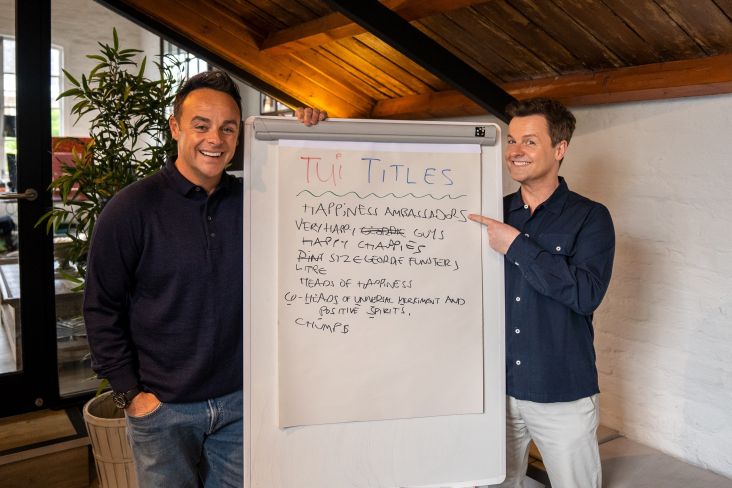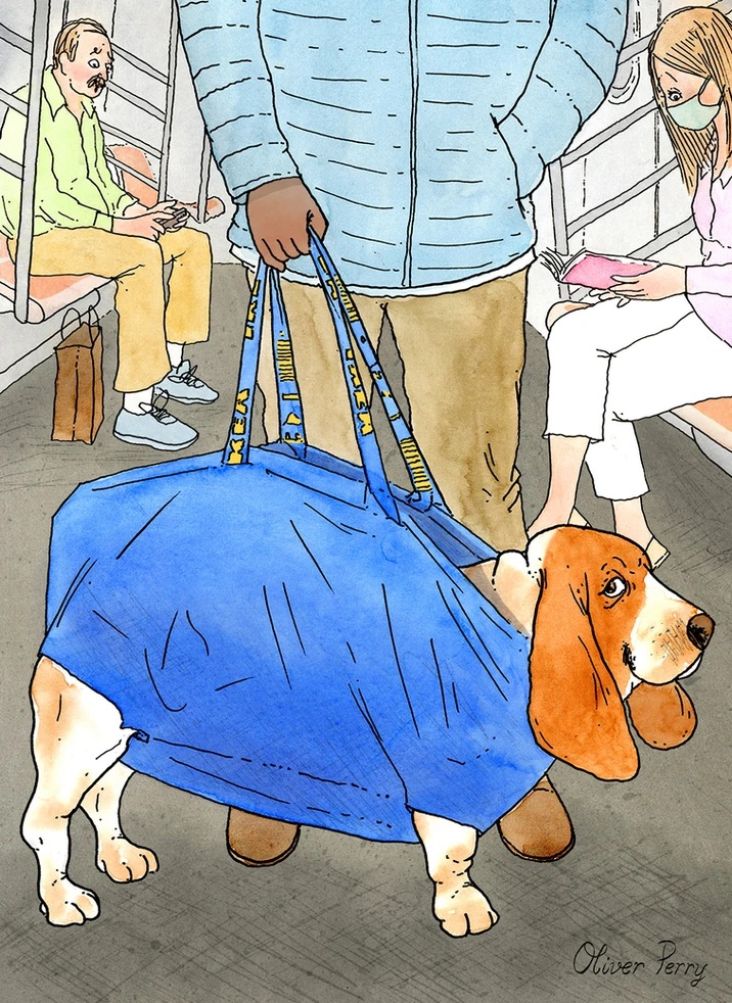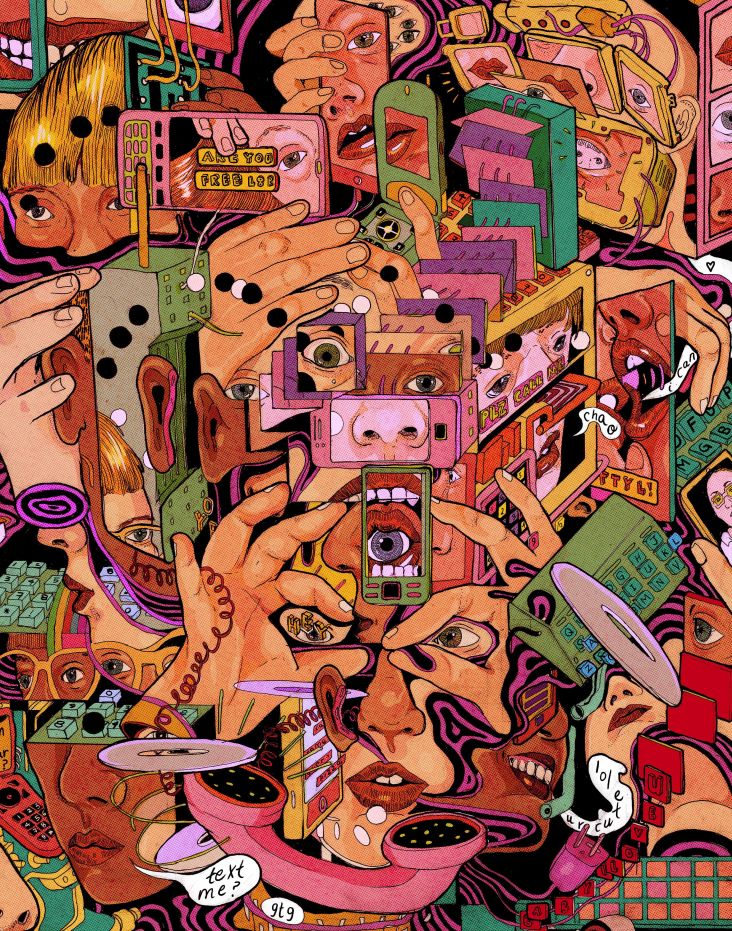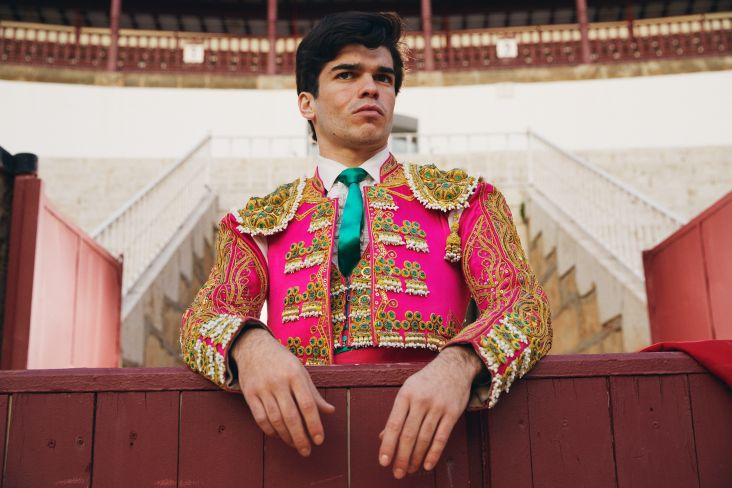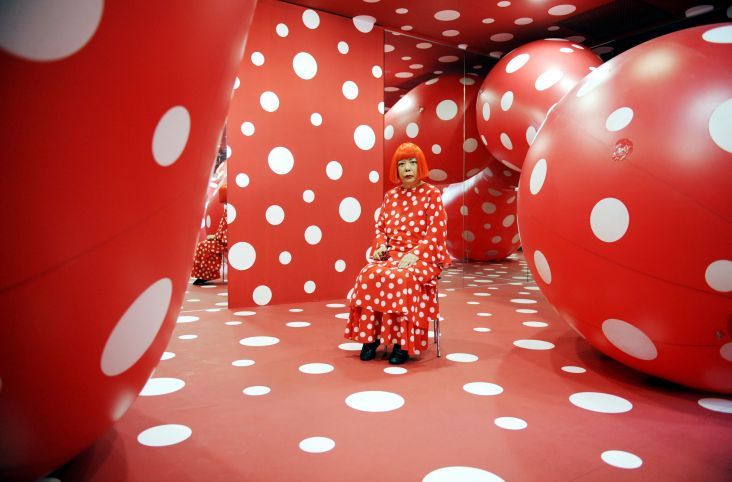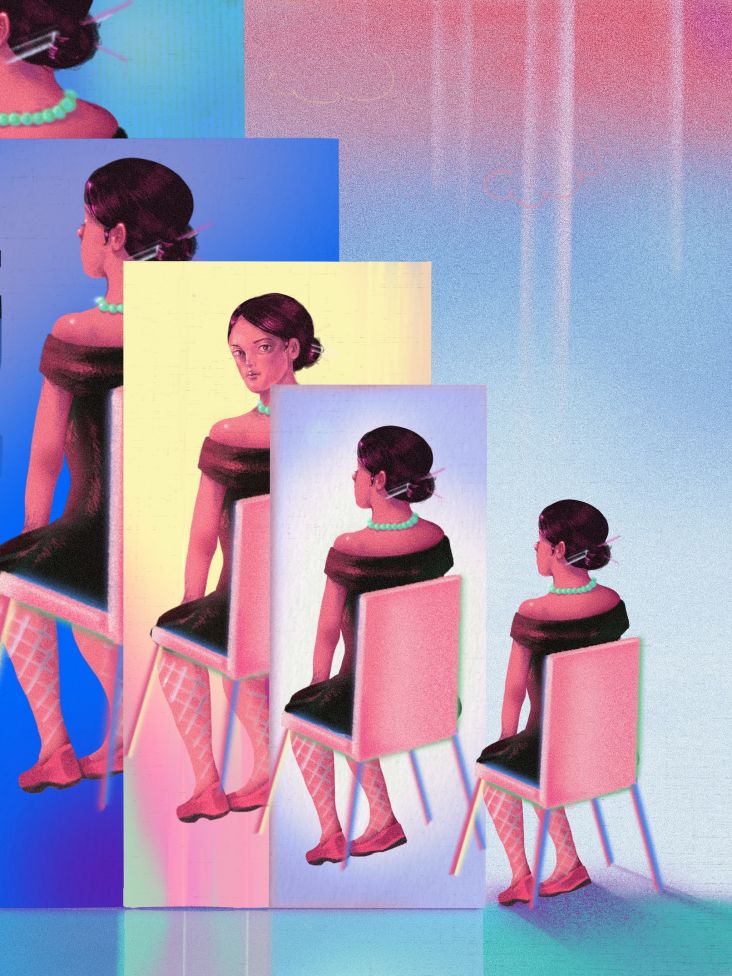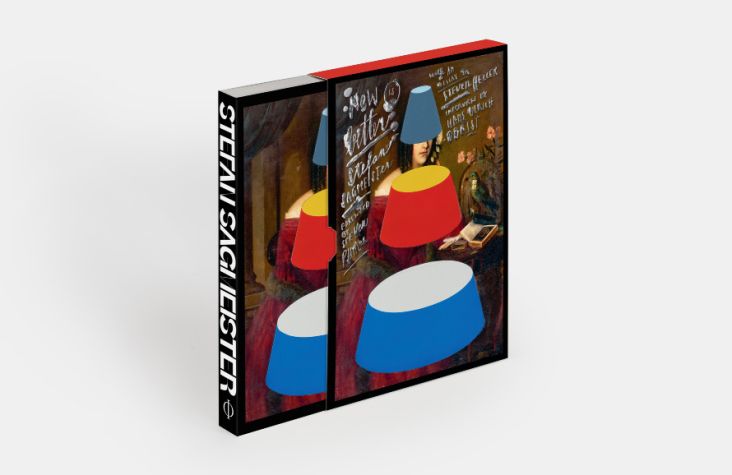Former doctor Emma Cheng on switching to illustration, and how her medical background has informed her art
San Francisco-based illustrator Emma Cheng has swapped her stethoscope for sketchbooks by switching from a medical career to a full-time freelance illustrator. Here she explains how her previous profession is shaping her current one.
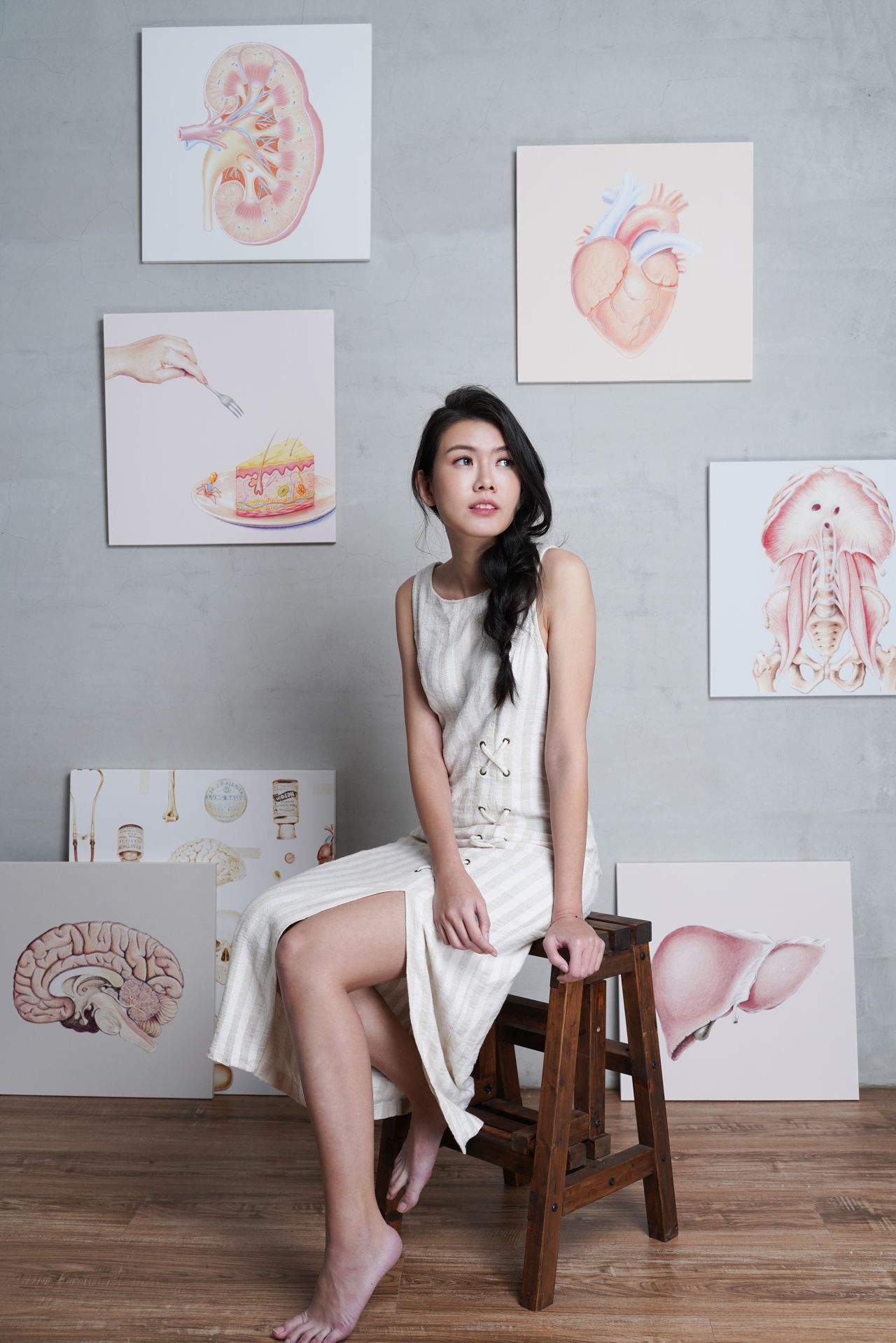
The arts and sciences can often seem like unrelated fields. But for Taiwanese illustrator Emma Cheng, the two can work together in stunning and surprising ways. Having previously studied medicine and design in her home country before becoming a biomedical innovation program fellow at Stanford, she says her background in healthcare motivates her art.
"Having experienced the challenges, hopes, joys, and sorrows of being both a patient and a doctor, I am deeply moved by the life stories accompanying these emotions," she tells Creative Boom. "Through my illustrations, I aim to bring these narratives to the forefront, raising awareness about health and the value of life."
To learn more about her impressive career so far, we caught up with Emma to learn more about why she made the career change, the challenges she encountered, and why she found it impossible to stay away from the world of illustration.
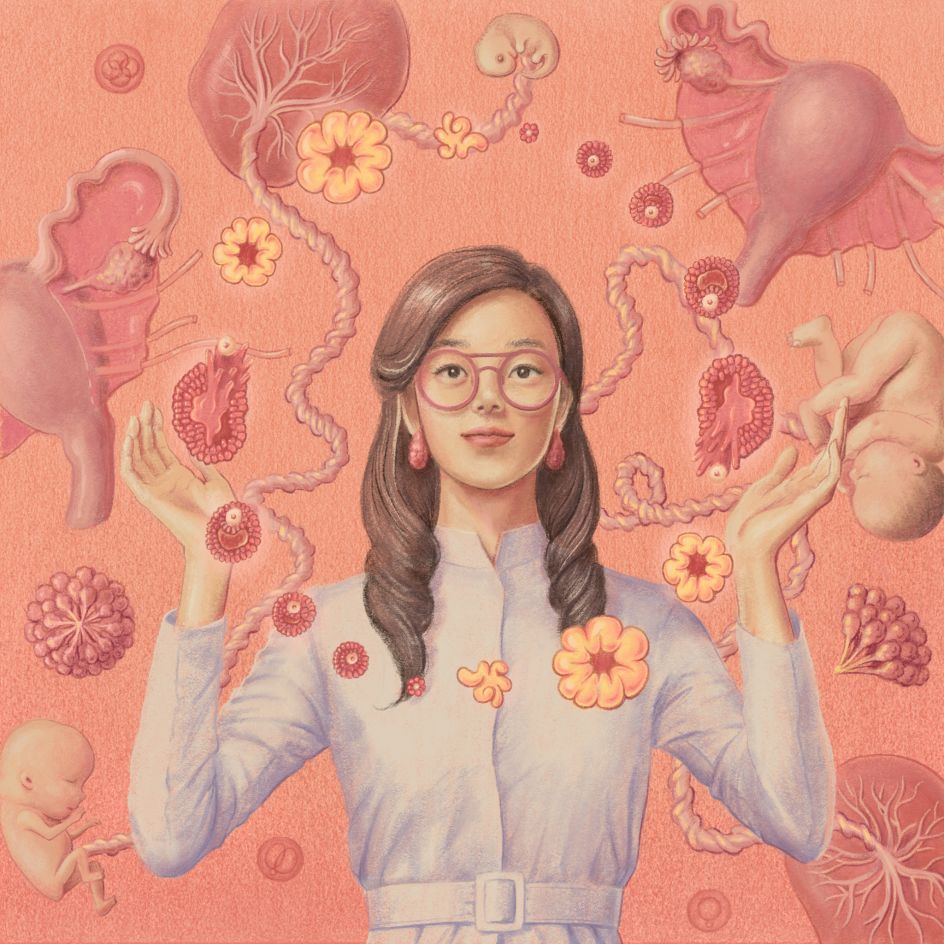
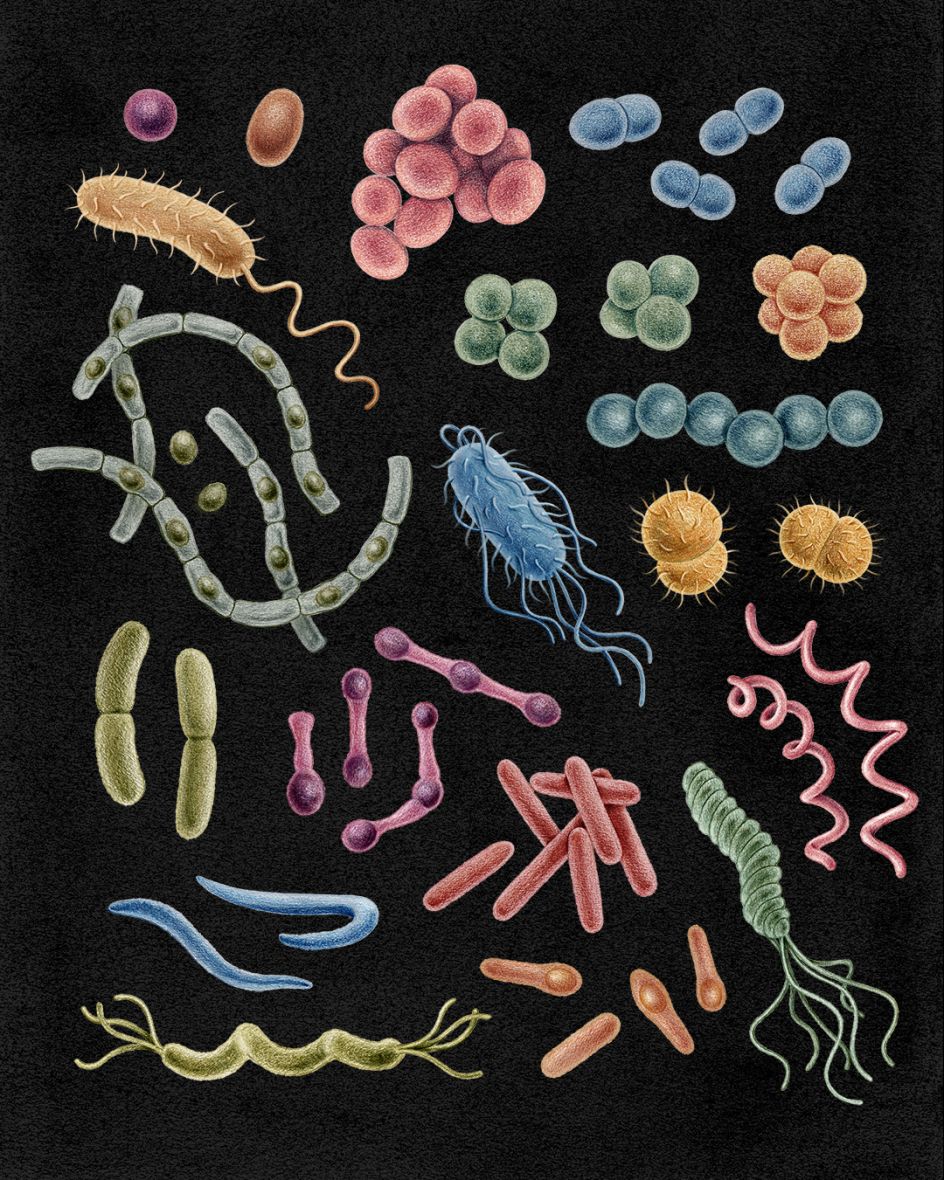
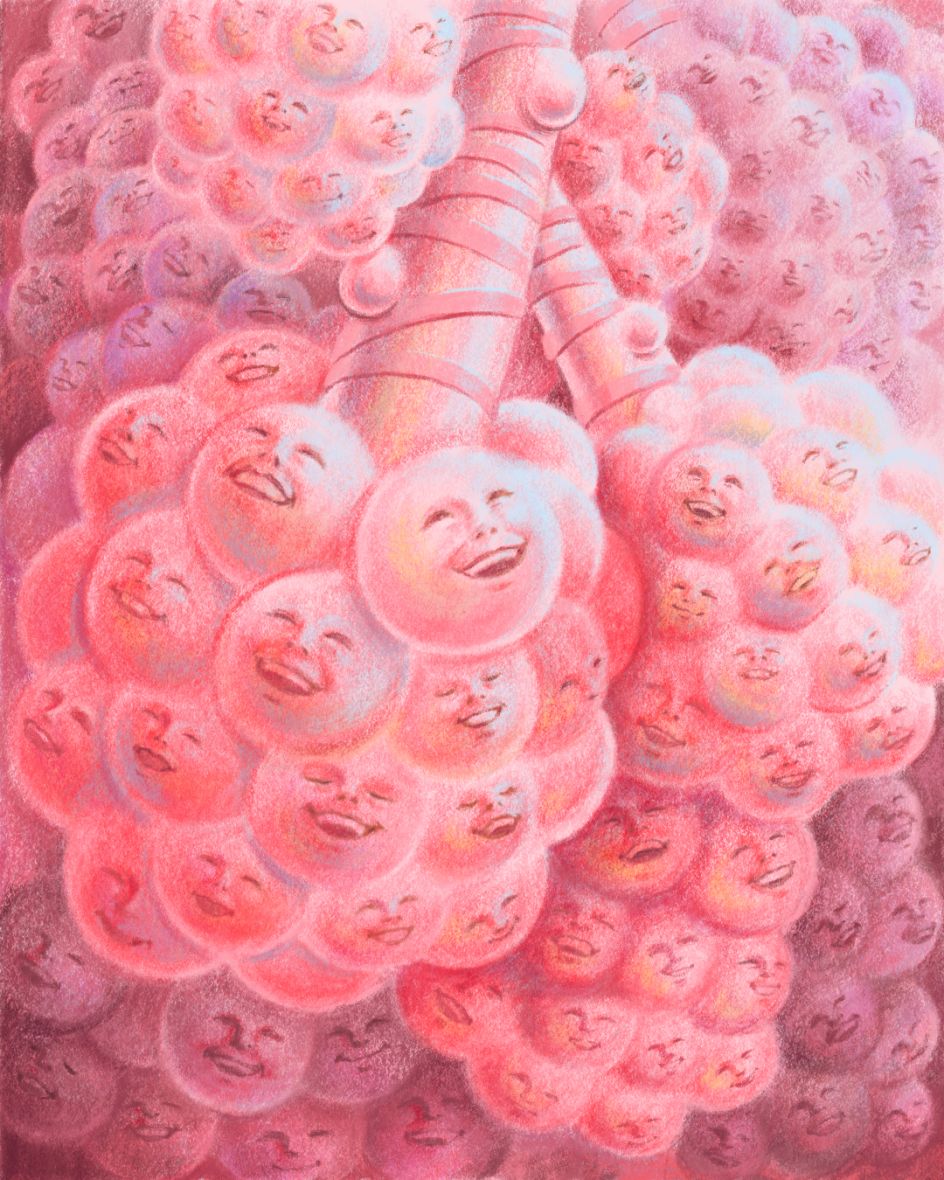
Hi Emma! When did you know you wanted to be an illustrator?
I've loved to draw since I could hold a pen. When I was 5, I was asked what I wanted to be when I grew up, and I blurted out 'an artist' without thinking twice. Deep down, I always knew that's what I wanted to be.
However, in Taiwan, being a doctor is considered one of the most prestigious and well-paying jobs in society, and given my grades and test scores, it was the trajectory that life naturally pushed me along.
Everyone around me told me I would starve as an artist, making me think it couldn't be more than a silly fantasy! It was not until I was 28 years old, a medical resident, that I started to think and understand how to pursue art realistically.
Who are your biggest artistic inspirations, and why?
Regarding subject matter, Frank H. Netter is a big source of inspiration. I've read many textbooks with his detailed anatomy drawings since I was a medical student. I have to memorise almost every landmark in his pictures for anatomy tests, so those pictures are kind of seared into my brain.
When it comes to technique, I really like Minni Havas's artwork. I also use colour pencils to draw, so I am amazed when I see someone who can use colour pencils in this playfully realistic way to generate those whimsical colour combinations and emotions.
Another artist captivating me is Armando Veve. His artwork inspires me in both subject matter and technique. His intricate drawings breathe life into his creative artwork. When watching his illustrations, I feel endless stories are awaiting my exploration.
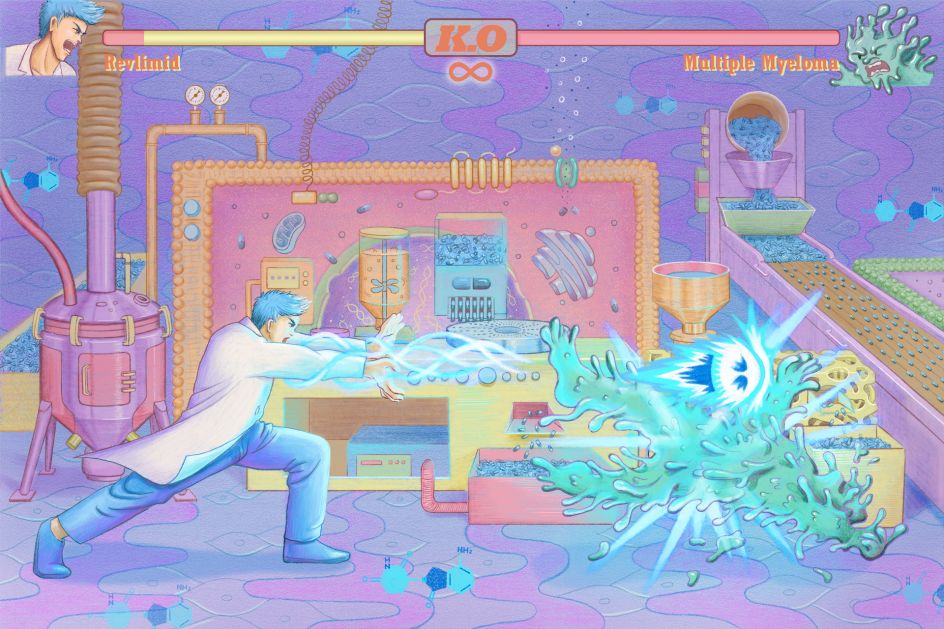
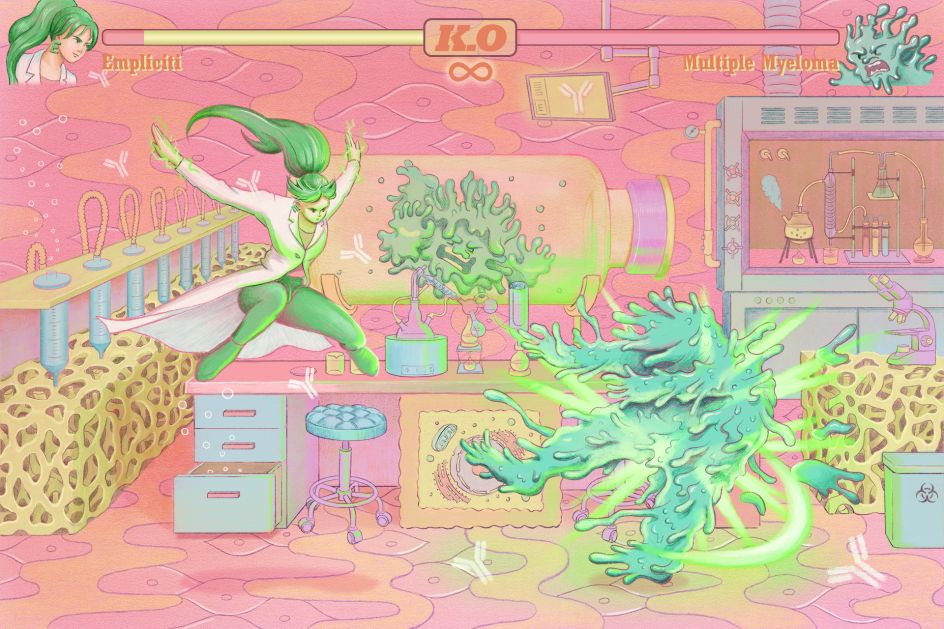
How would you describe your style?
Very 'Emma'! My style is like a drama series called Health, in which warmth, quirkiness, and whimsicality play together.
How has your art evolved and developed over the years?
I learned how to use lots of mediums initially and found colour pencils to be my favourite due to the texture and the gradient when mixing them. I drew everything, including animals, plants, food, etc., until my medical art caught much attention.
Then I started to focus on drawing human organs to show the value of health and the beauty of our inner parts. To make my art more accessible, I also transformed them into products, allowing people to carry them as reminders in their daily lives.
After that, I decided to add more stories to my art because that's one of the reasons why illustrations attract me. Alongside expanding the narratives within my work, I constantly strive to improve my skills. I now use not only colour pencils but also Photoshop and Procreate to achieve the desired result in a more efficient workflow.
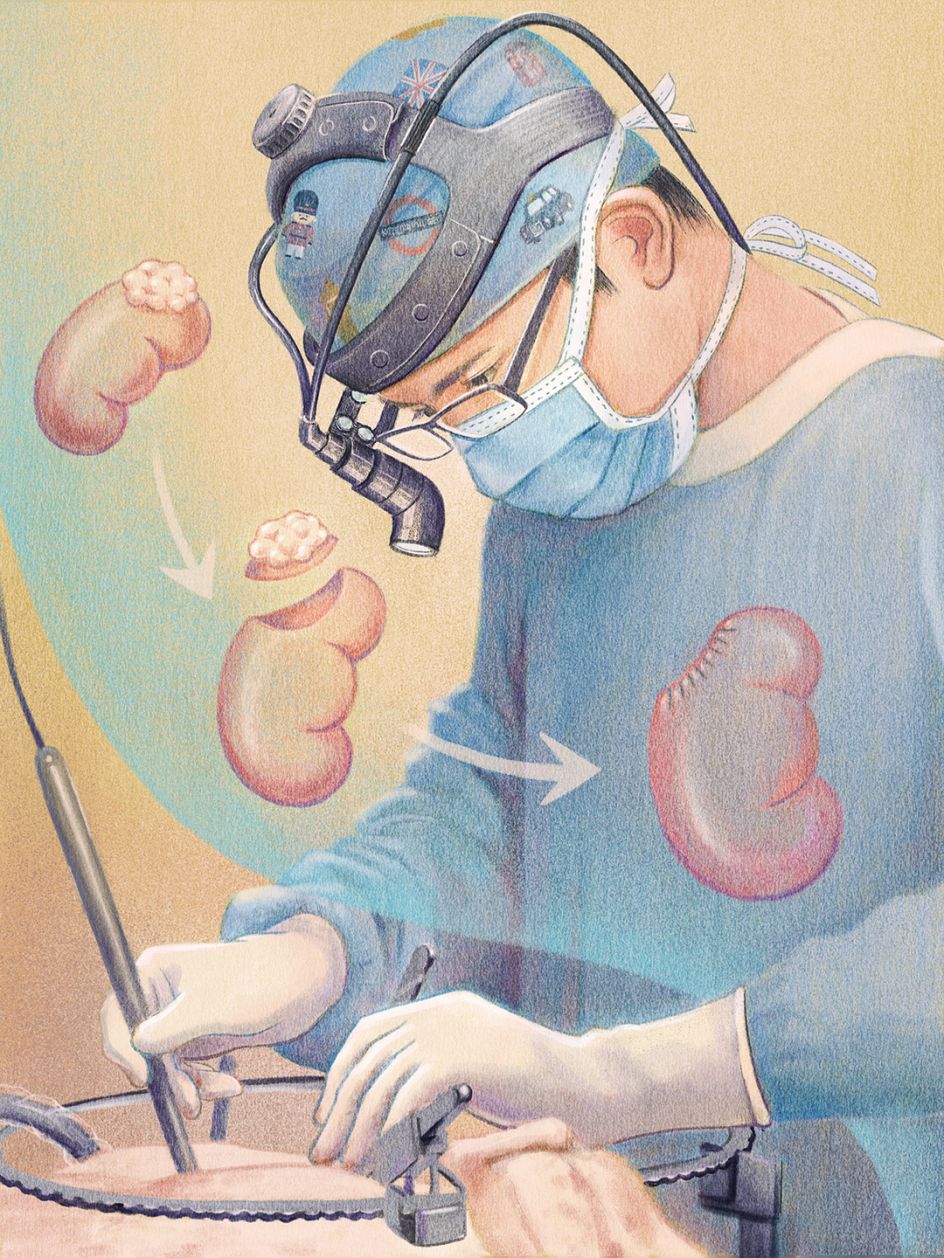
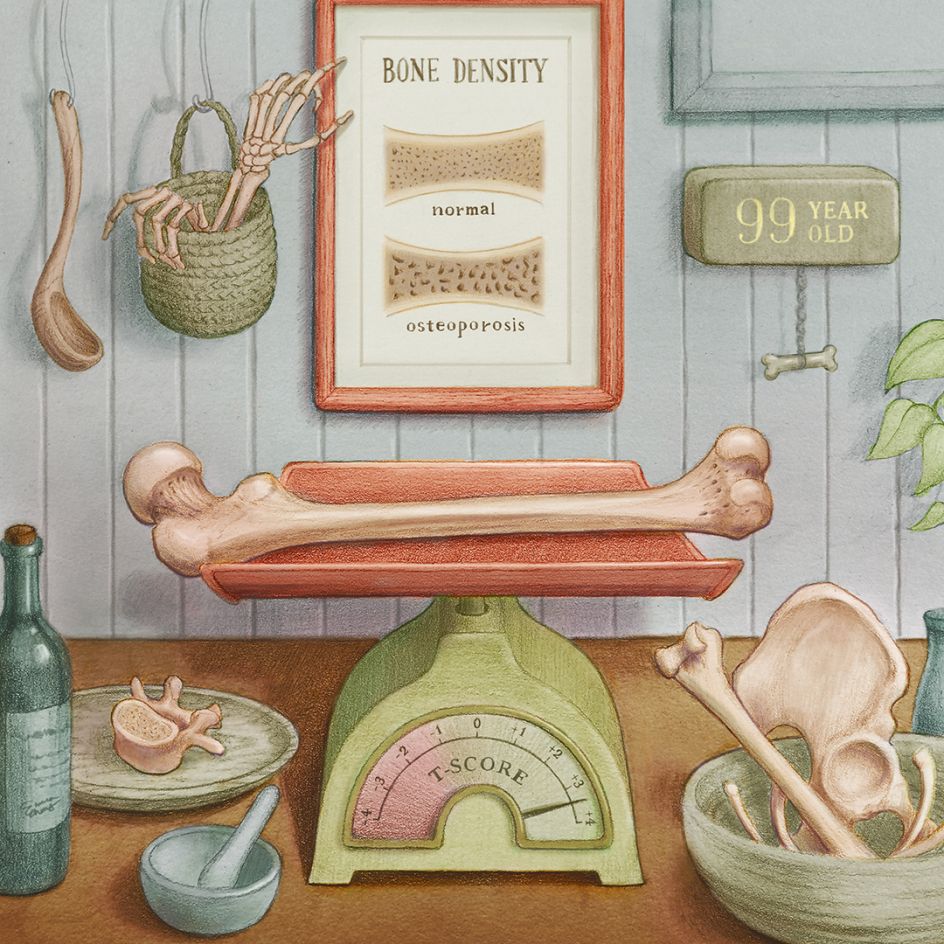
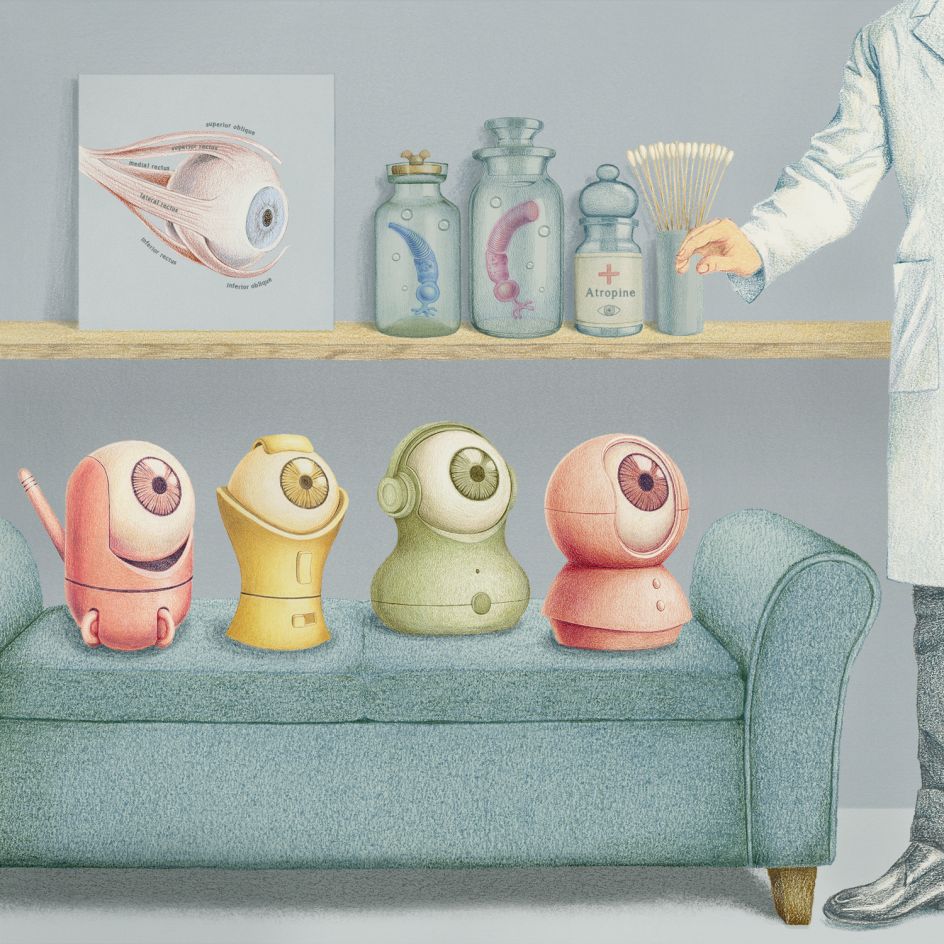
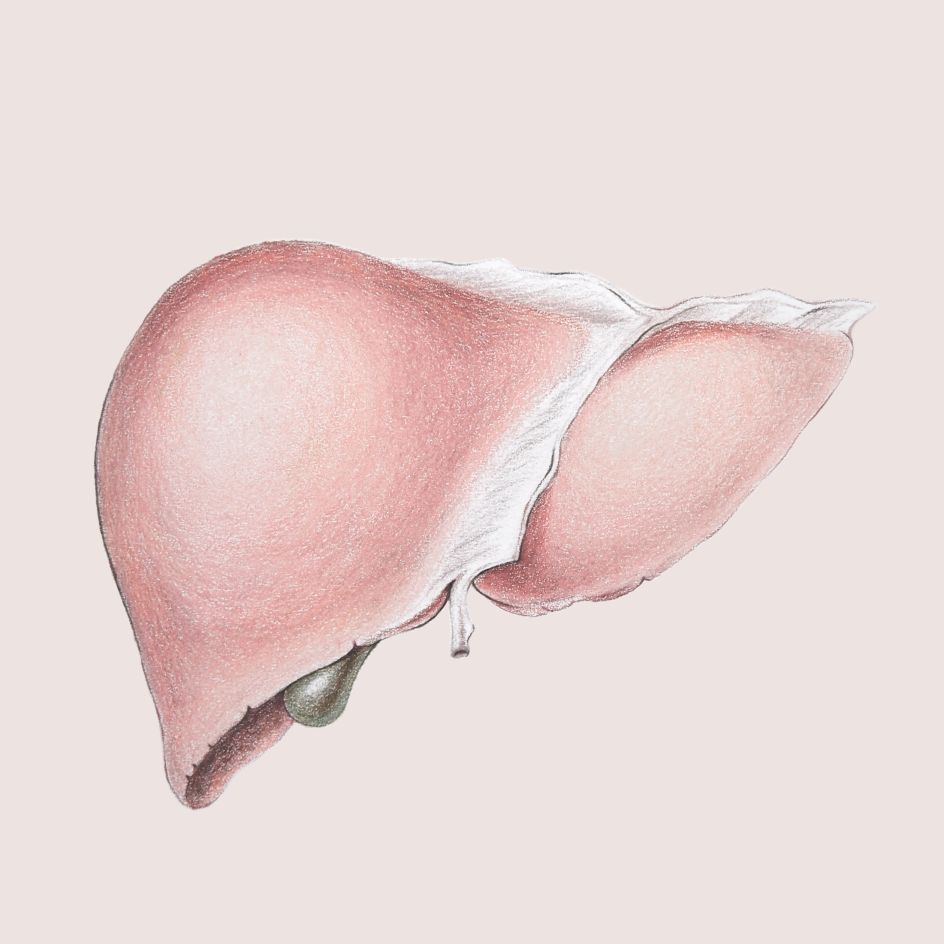
You juggled illustration with being a medical doctor, but what made you finally switch?
The idea to switch careers emerged when I was a resident. Knowing that being a resident left little time for side projects, I made the bold and difficult decision to quit my residency training at the large hospital after consulting with various people.
This decision was especially difficult as I felt significant disapproval from people around me, including those close to me. I then decided to work in cosmetic medicine clinics where the shifts were much more flexible, so I had more time to learn and draw and, of course, to save money at the same time.
During the years of being an MD and an illustrator at the same time, I've accumulated many artworks and an audience and built my own shop online. The demand for my cosmetic medical services has also grown significantly. I was in a place where both sides needed me to invest more effort in order to break through. It's like dating two people again and again. You'll have to decide at some point.
However, the reason I made the switch is quite simple. I got married and had to move to the US with my husband. I didn't plan to continue practising medicine. Instead, I saw it as the perfect opportunity to wholeheartedly pursue my artwork and see how far I could go.
Why do you think you could not stay away from illustration?
I actually stayed away intermittently during growing up when I was busy studying. However, I would always be attracted to anything adorned with beautiful illustrations, including books, apparel, packages, etc. Each encounter ignited a desire within me to design something of my own.
Even as a medical student, I dedicated my free time to learning digital drawing as a hobby, and I took on a part-time role as a graphic designer at my school's library. The need to create has always been an integral part of me. I require a specific outlet and time to give life to my ideas and set them free.
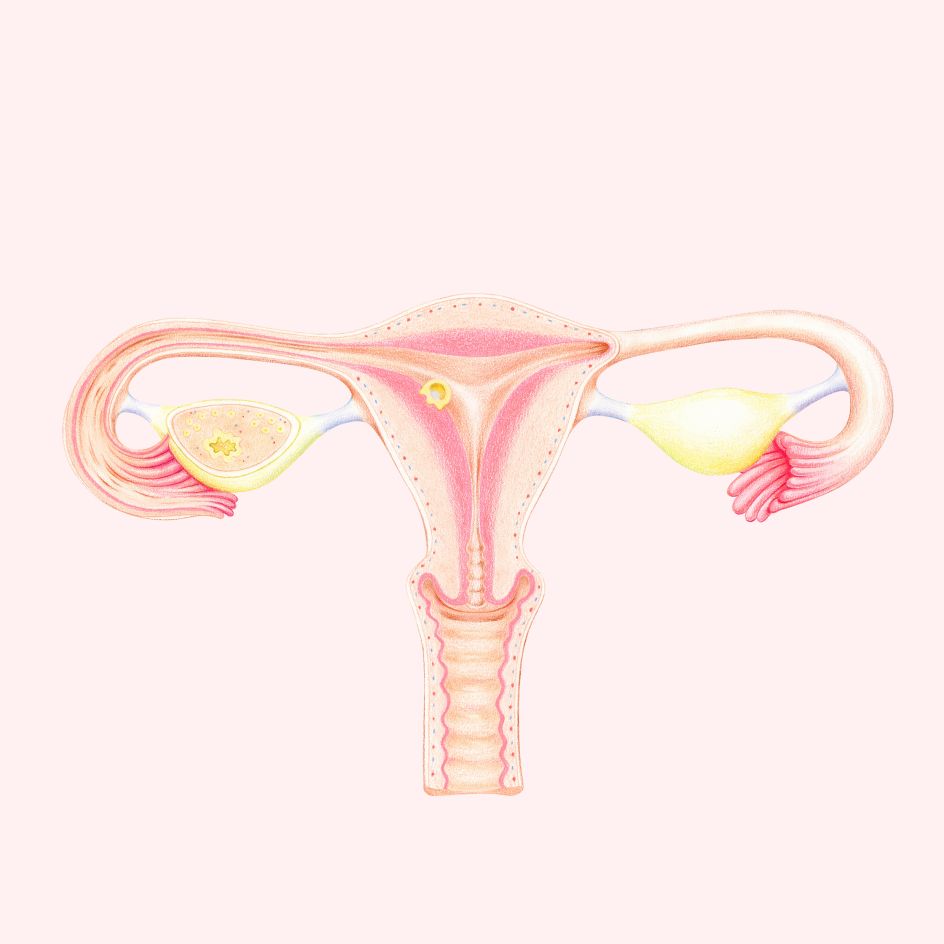
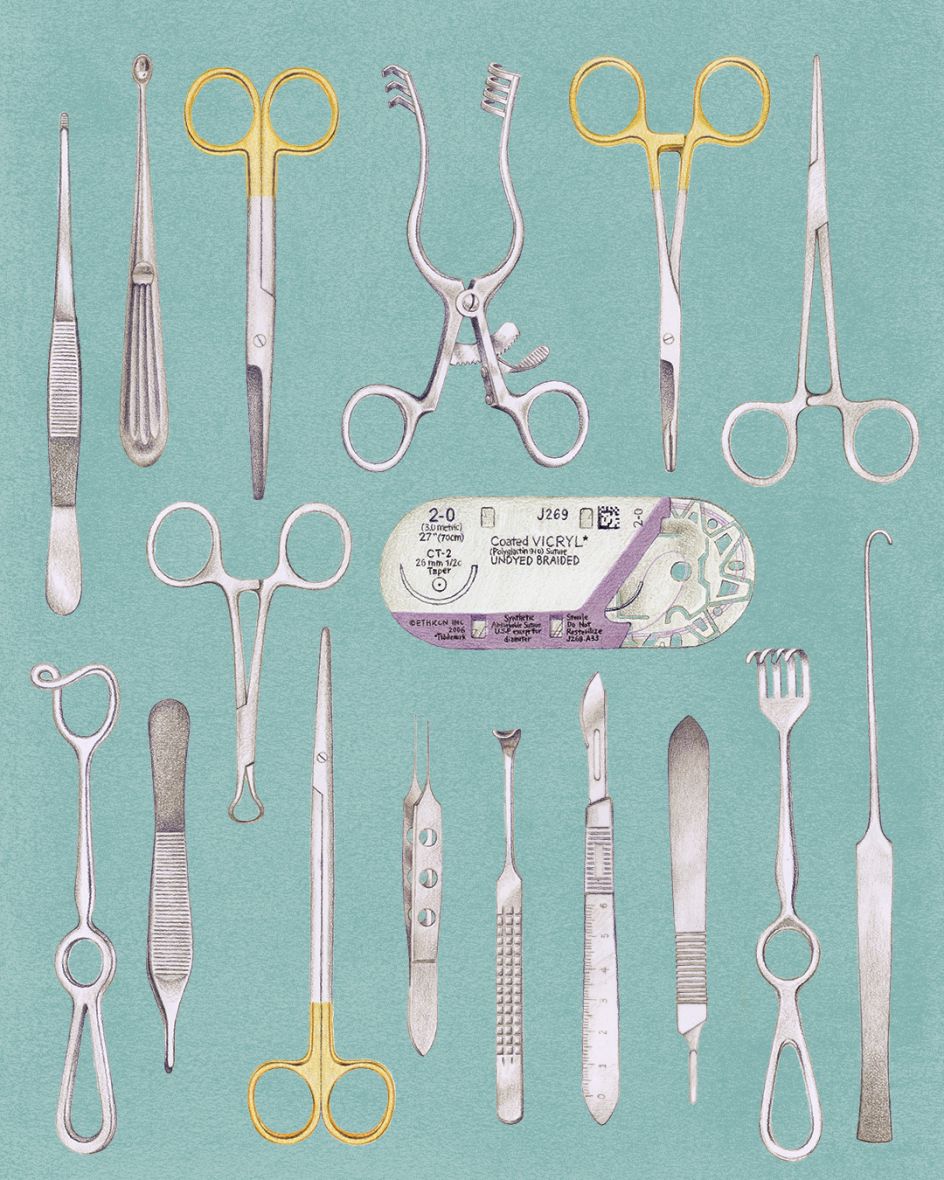
How has working as a medical doctor informed your art?
I believe that the traits of logic, high standards, and attention to detail that come with being a doctor greatly influence my art. Additionally, I enjoy generating ideas that span from microscopic to macroscopic levels based on anatomy and physiology. This thinking process allows me to approach concepts in a unique way.
For instance, most people might envision certain visuals when depicting a campaign about quitting smoking. However, I choose to present it differently by drawing numerous smiling and happy alveoli, the tiny air sacs in the lungs. This unconventional approach, I believe, sets my work apart and creates a visual representation that you may not encounter elsewhere.
Tell us a bit more about the project you're currently working on.
I've noticed numerous intriguing healthcare observance days throughout the year, such as World Thyroid Day, World No Tobacco Day, and International Day of Action for Women's Health. I believe there's a more captivating way to present the valuable information behind these days, so I've taken up the challenge.
On selected healthcare days, I will release illustrations on my Instagram, with key information provided in the captions. It's really fun to see how people interact with the topic. Awareness is the first step to change. It can be frustrating when patients return with poorly managed conditions repeatedly.
I aim to enhance people's awareness of crucial health issues through my art. I plan to carry out this exciting project for a year and see where it leads!
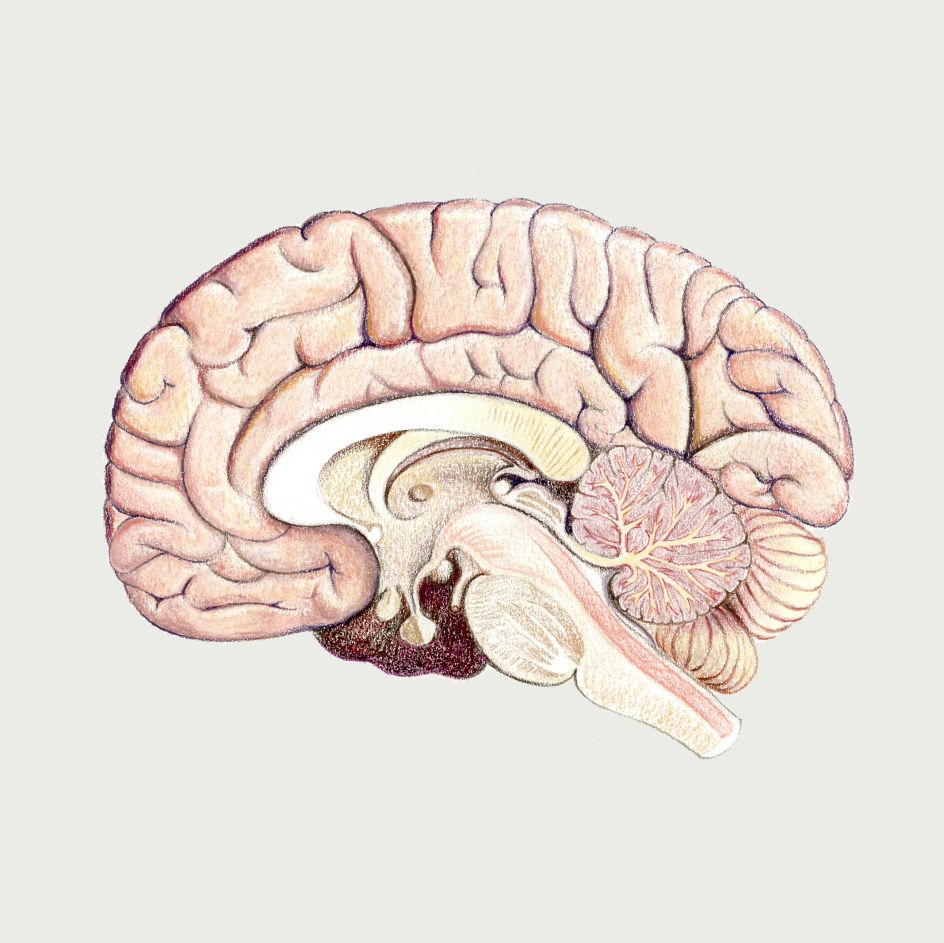
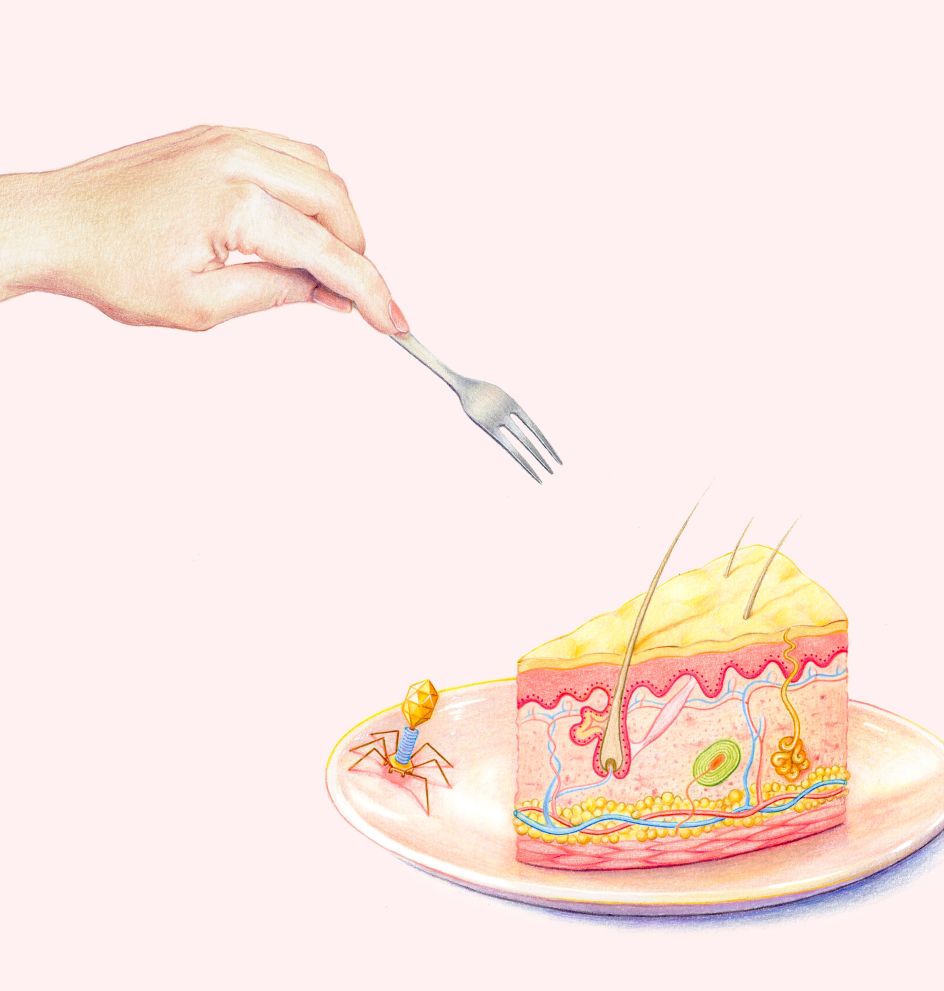
What was your biggest challenge when switching from being a doctor to becoming an illustrator?
There have been four challenges that I have encountered along my journey:
Firstly, as a doctor, I was accustomed to following guidelines in order to treat patients, while as an illustrator, I needed to develop my own style. Initially, I felt unsafe breaking the rules when drawing. Through practice and further exploration, I realised that 'unfollowing the guidelines' is crucial for an illustrator, which allows me to show my authentic self and genuinely express my creativity.
The second challenge is perfectionism. It's a common trait among doctors, who are driven not only by the competitiveness of the field but also by the responsibility we bear for human lives. I used to be a stubborn perfectionist when working on my illustrations, but I soon realised that it impeded my productivity. I now consciously try to identify and skip unnecessary details while drawing.
Another challenge I faced was the lack of a clear career plan. As a doctor, there is already a ladder for everyone to climb in the industry. Basically, what you have to do is pass one test after another. You don't have to worry too much about your future in general. However, as a freelance illustrator, you must build the ladder yourself.
Starting out, I knew nothing about how to schedule or plan the life of an illustrator, so I improvised. Sometimes I might lose my direction and simply do whatever comes to mind. After being a full-time illustrator, I have more time to reflect on my schedule, which helps me identify my problems. I also dedicate more time to learning, taking online courses, reading books, and searching online to optimise my working style. Creating daily, monthly, quarterly, or even yearly plans has proven incredibly beneficial.
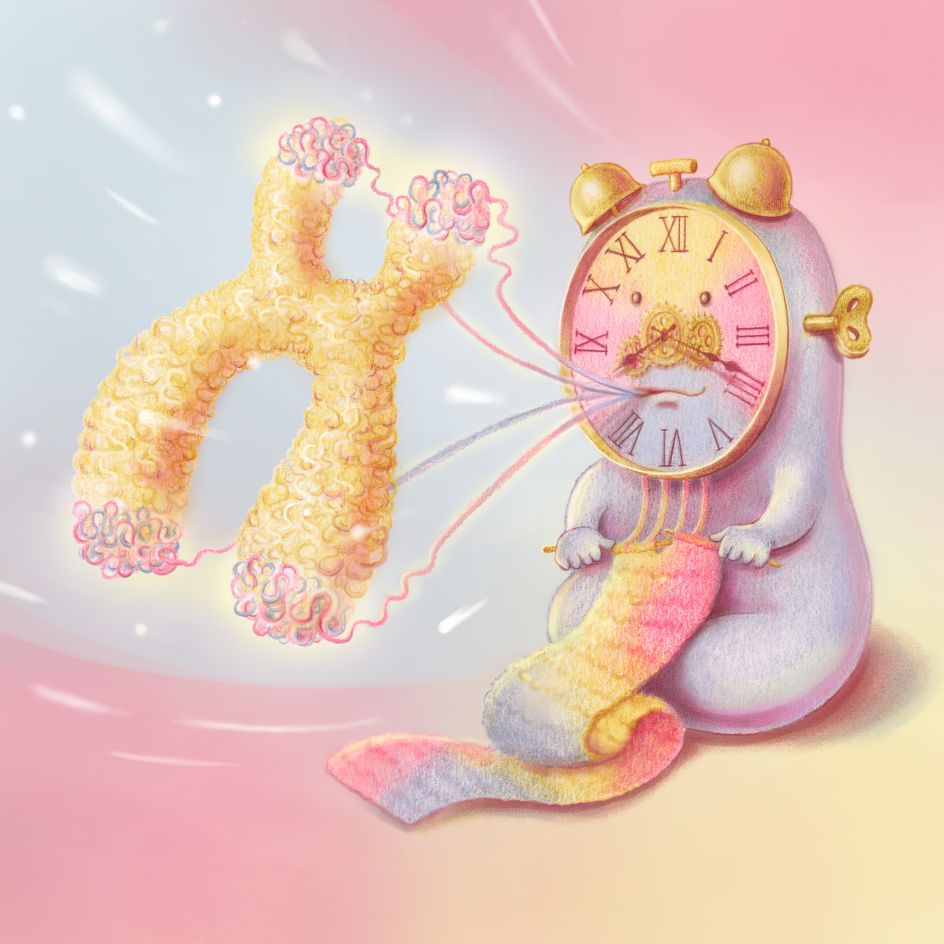
Finally, I didn't anticipate the challenge of lifestyle differences until recently. In medicine, sacrificing personal well-being, including time with friends and family and a good night's sleep, is often necessary. However, as an artist, caring for one's well-being is crucial, as it forms the foundation of creativity.
For years, I lived as an artist in 'doctor mode', sacrificing a great deal for work. Sacrifice is almost seen as the norm in medicine, and I believed that I could achieve more in art by adopting the same mindset. However, I realised that I was mistaken.
I initially ignored mild wrist pain caused by excessive painting, which eventually worsened, forcing me to temporarily halt my drawing activities. Fortunately, things improved significantly after learning to take better care of myself.
It's great to frequently reflect on your life. Navigating these hurdles has strengthened my resolve and ultimately enriched my artistic journey.




 by Tüpokompanii](https://www.creativeboom.com/upload/articles/58/58684538770fb5b428dc1882f7a732f153500153_732.jpg)


 using <a href="https://www.ohnotype.co/fonts/obviously" target="_blank">Obviously</a> by Oh No Type Co., Art Director, Brand & Creative—Spotify](https://www.creativeboom.com/upload/articles/6e/6ed31eddc26fa563f213fc76d6993dab9231ffe4_732.jpg)








